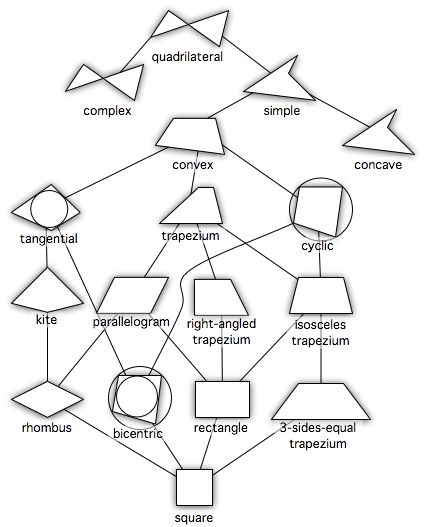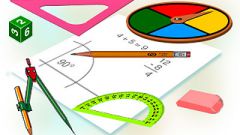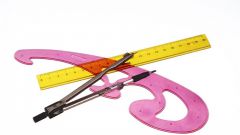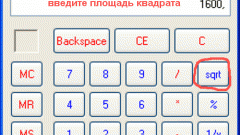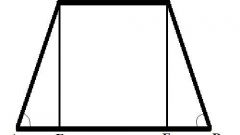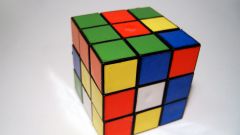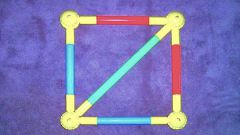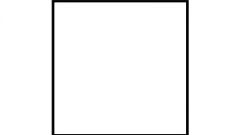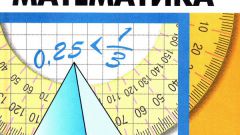Instruction
1
To the right of the quadrilaterals are the parallelogram and the trapezoid. If all sides of parallelogram are equal, such a figure is called a rhombus. If you have a parallelogram, all four corners are straight, then it is a rectangle. A special case of a rectangle — a square.
2
For example, a given quadrilateral is a square. If you know its perimeter, the side is equal to one-fourth of the perimeter. To calculate side of a square in his square, you need to take the square root of the number of equal size. If you know the diagonal, to find the parties divide the diagonal by the square root of the number two.
3
If you want to define the sides of a rectangle or parallelogram, is insufficient to know only the perimeter or the area. You must additionally know the relationship between the parties. Let us denote one side of the parallelogram (rectangle) N, then the other party kN. If the value k is known, the sides can be calculated via the perimeter P according to the formula N= R/2(1+k) or using the area S by the formula N=√(S/k).
4
The parallelogram sides can be calculated, if other than area and perimeter of a figure is set to the angle ά between the parties. Finding one side of a parallelogram is reduced to the solution of the quadratic equation:N2-NхP/2+S=0где the N — side of the parallelogram P is the perimeter of a parallelogram S is the area of a parallelogram.The second side of a parallelogram find M from formulas square S=NхMхSinά
5
To find side of a trapezoid is also possible in a known area and perimeter of a figure when you set the angle between the base of the trapezoid and the lateral side.
6
To find the sides of an arbitrary quadrilateral split figure auxiliary line into two triangles. Apply the known formulas of the ratio of triangle elements. For a possible solution of the problem must be known not only the area and perimeter of shapes, but the angles of the quadrilateral.
